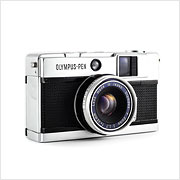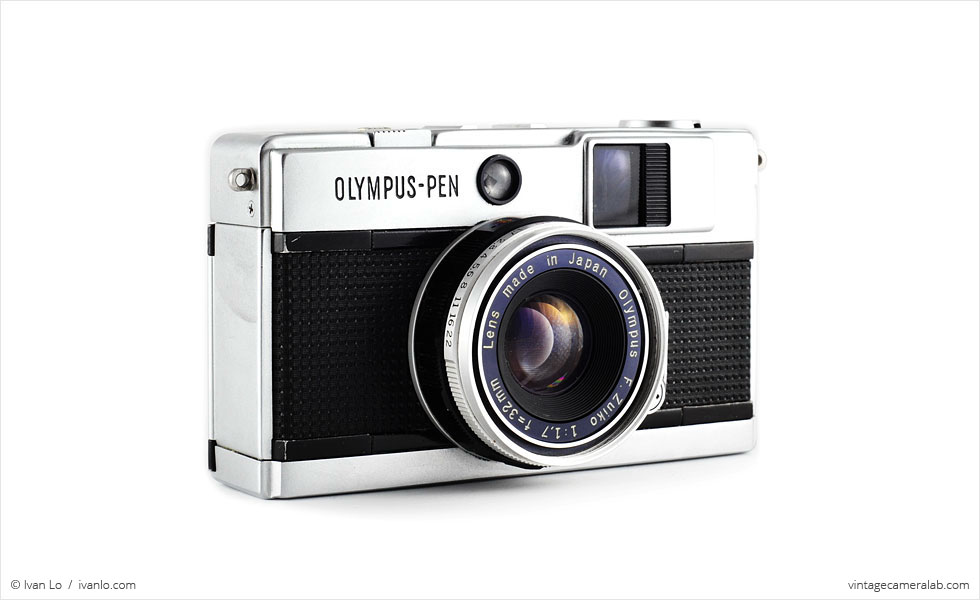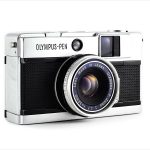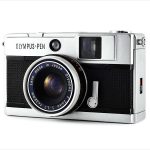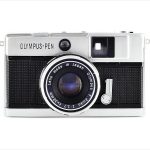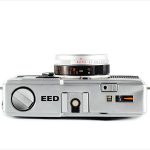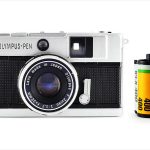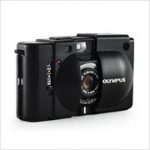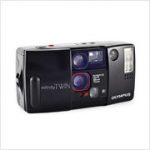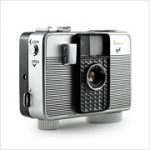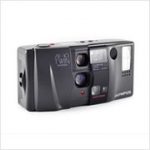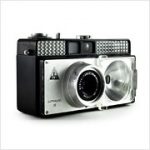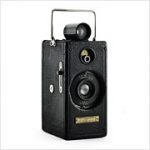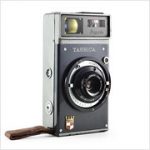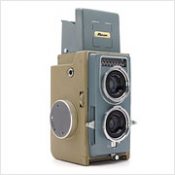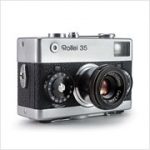Olympus Pen EED Specifications
| Manufacturer: | Olympus Corporation |
| Origin: | Japan |
| Made in: | Japan |
| Introduced: | 1967 |
| Type: | Subminiature, Viewfinder |
| Format: | 135 Film (half-frame) |
| Dimensions: | 11.5 x 6.8 x 5.1 cm |
Olympus Pen EED Overview
The Olympus Pen EED is a direct descendant of Japan’s very first half-frame camera: the original Olympus Pen. As it was one of the smallest available 35mm cameras at the time, the Pen was named as such because its portability could be compared to that of a (very oddly shaped, large, metal) pen. Seven years after the Olympus Pen debuted, the Germans launched the hallowed Rollei 35 which was just as small but could make normal 35mm frames and effectively heralded the end of Japanese half-frames. In defiance, this EED variant was released one year after that supposed end and, quite stubbornly, Olympus continued making Pens well into the 1980s and then revived the name in 2009 for its line of Micro Four Thirds cameras.
The EED is unique because it’s meant to combine the best of the lower-end Pen E (which lacks fast lenses and shutter speeds) and the higher-end Pen D (which lacks automatic exposure) and is further distinguished by having the range’s first self-timer and the fastest fixed-lens in Pen history: a 32mm f/1.7 Zuiko with a minimum focus distance of 2.6 feet. The camera’s relatively advanced automatic exposure system is compatible with film speeds ranging from ISO 12 to 400 and, like all 35mm half-frame cameras, the EED can fit two vertical images on every horizontal frame of 35mm film which accounts for its portrait-oriented viewfinder.
I think the Pen EED is quite a handsome and interesting camera for what it is but, unfortunately, it’s not perfect. To start off with, its cadmium sulfide meter-powered automatic exposure system means that I can’t use it without its mercury (or hopefully its not so toxic modern equivalent) battery. Also, the partially-recessed, rectangular shutter button might be a bit less than ideal for the large-fingered. Lastly, and this may be more specific to my particular EED, is that the self-timer lever is prone to looseness.
My brother surprised me with this gorgeous Olympus Pen EED after a trip to St. Louis where he visited a few flea markets which are apparently filled with people who have no idea how much their old cameras are worth because he managed to pick this beauty up for only $2.00. Thanks, Dan!
Find your very own Olympus Pen EED on eBay.
McKeown, James M. and Joan C. McKeown’s Price Guide to Antique and Classic Cameras, 2001-2002. (Grantsburg, WI, USA: Centennial Photo Service, 2001), p 516.
